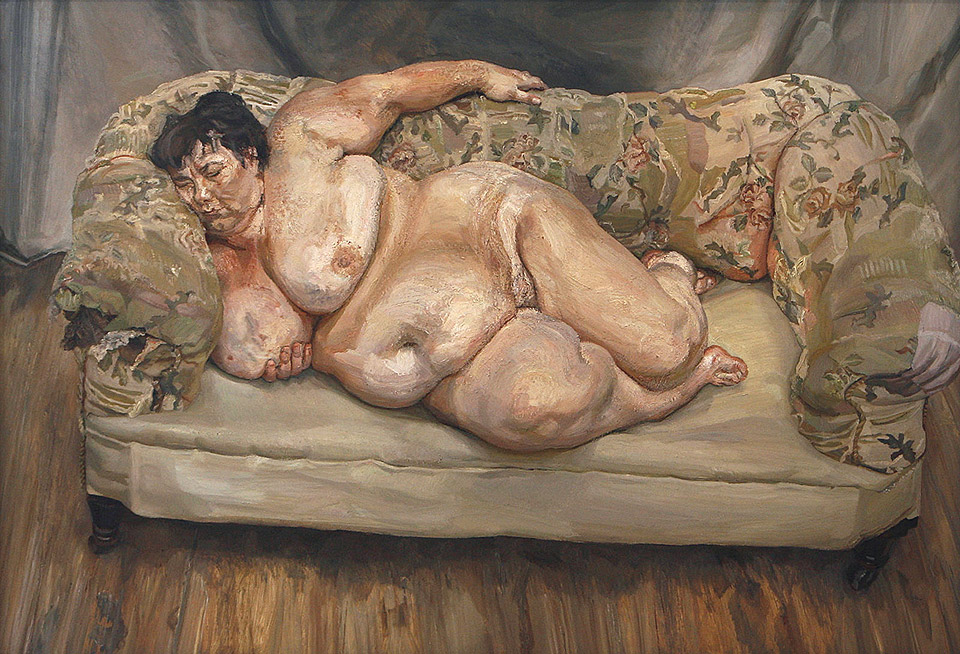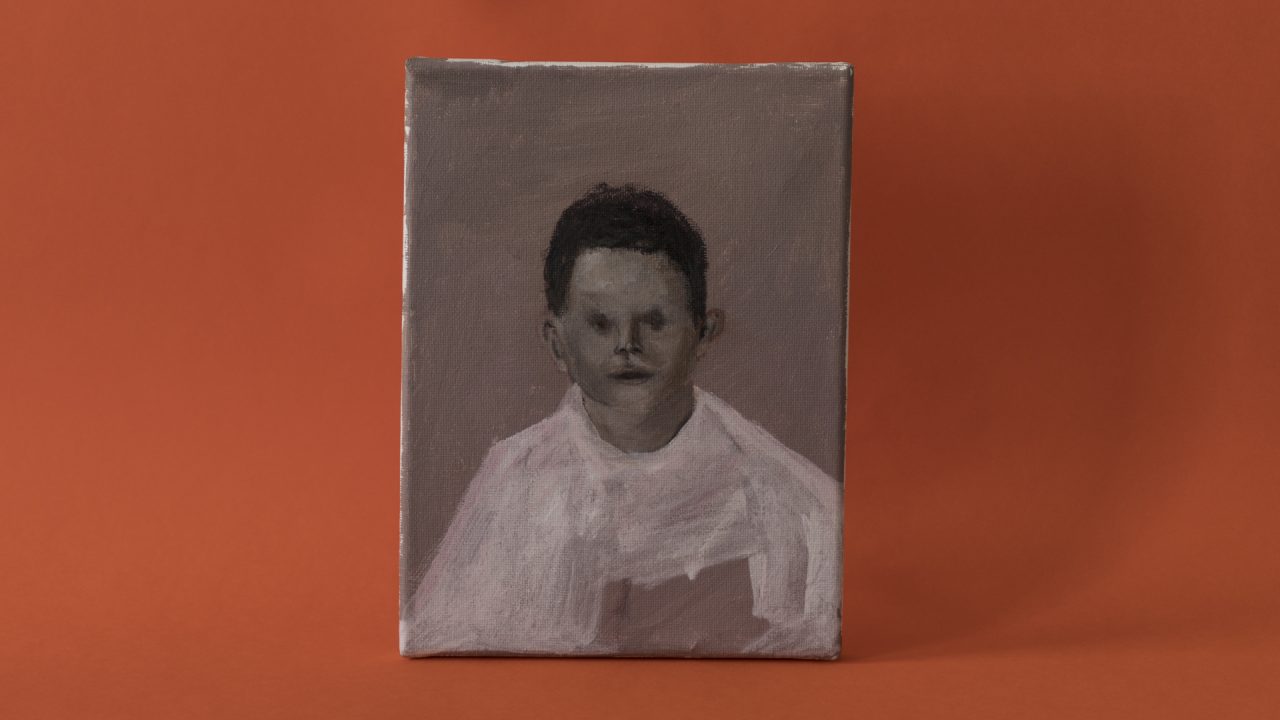What is the research about?
This video may serve as a proper introduction.
Why ‘Milk the farmer, drink the cow’?
Milk, farmer, drinking, cow. Those four tend to make sense together, but not under the logic of ‘Milk the farmer, drink the cow’. For the sake of exploration, I am proposing you to accept them rearranged, perceived from a different perspective that allows a new meaning to emerge.
Also, it has got an element of humor that, I think, very well represents my spirit.
Have you tested it out, the method?
Sure. I have produced a series of experiments, you can find them on the main page.
I will check them out later, man. Are the experiments independent from each other?
No, the purpose of the method is to explore a story, so I am working on a story for an animated feature film called ‘The Young King’, which serves as the main case study for this research. That is my project proposal.
One of the experiments is the making of the prologue of that story. A short animated film called ‘The Old King’. That prologue is a story in itself, so it has served as a second, more focused case study as well.
In one sentence, what are you researching on?
It is a method to explore a story by emulating perspectives; by using different points of view I myself can emulate.
What? Now I have ten more questions.
I am attempting to use that reservoir of perspectives that lies inside of me to explore a story I am working on.
What reservoir of perspectives, monsieur?
Our psyches are very very rich. We are loaded with notions, ideas, impulses, skills, worries, memories and other components, some of them contradictory, some of them we do not even know are there. I believe we acquire and enrich fresh perspectives when we truly listen to people we disagree with, when we read a new and exciting paper, when we go through certain experiences for the first time, but also without even noticing it.
But you are that reservoir; that is your unique perspective, your experience, your subjectivity. So how can you see from another perspective?
True. In part. I think most of that reservoir lies there passively most of the time, as we tend to consider a small number of possibilities and enact only a very constrained set of actions. Think of a day in your life, you are mostly predictable. For instance, when I move towards a goal, I first constrain my actions to those that would move me towards that goal. For that, my thoughts and actions are constrained by the resources I think I have got at my disposal. But then, because I am able to conceptualize that I will have to exist in the future, I also have to move towards that goal in a socially acceptable manner, so more constrains are added.
Sure, we are copies of the same machine…
No, no. Even after all those constrains there is always room for extremely particular ways to define and tackle goals. Those idiosyncratic tendencies are patterns of behavior that sometimes remain more or less stable and predictable across life stages. But they are idiosyncratic. That, I would say, is what makes me, me. Yet, most of my reservoir, instinctive and acquired by experience, remains in a state of potential. I have not had the need to kill, and I possibly will not have to, but I would certainly do it to protect a loved one or myself. That potential is down there. You may agree that we change as we go through stages in our lives, as we acquire and process, or reconsider information. We are also not a constant throughout a single day; there are many versions of us that come and go. I am just evoking some of the characters you contain.
For this research I am interested in patterns of behavior I have acquired or can acquire, I have enacted or have never enacted, so I can execute them, mimic them. Because by mimicking them, by emulating those perspectives, I believe I can collect ideas I had not recognized before, and that could nurture a story I am working on (which came out of my reservoir anyways).
Would you say that a mood swing is a change of perspective?
Sure, a basic one. Think of when you are really hungry. Really, really hungry. You stop worrying about global warming flooding this country, your tragic struggle against baldness, and the tension between having a career you would like to look back at and making good money. At least I do. When you are really hungry, all you care about is feeding your stomach. Your value structure changes, your priorities change, your behavior changes, your perspective changes.
You see from a different perspective than when you are lustful. Yet, that is still you, the reservoir is still there, on hold while some specific traits are put forward. We see what we aim at. We must, since the world is so complex that we cognitively discard most of it, most of the time.
Sounds like primitive perspectives to work from, monsieur.
Oui. Though I can go higher in complexity and it is not that hard. You can as well, I am sure. If I asked you to act like a dog, a cat, a lawyer or a doctor, I believe you could immediately give a sufficiently clear performance for others to guess, after a few seconds, what pattern of behavior you are enacting. Right? A four-year-old child could do the same. A funny thing is, if you asked the child, or even yourself, to explain in detail the behavior patterns that characterize such characters, the both of you might struggle more than a bit.
What is going on there?
Just two different ways to manifest your reservoir: explicit and procedural memory.
Ugh…
Bare with me, this distinction is important to clarify a couple of issues about my method.
OK, go. Two short paragraphs and that is it.
A classic example. If I asked you to ride a bike, you probably could. No problem. When you execute a skill, like riding your bike, it runs through procedural memory. Most of the time, no reasoning is needed. It is a fast system. It runs automatically, below consciousness.
Now, verbally explain, in detail, how do you ride a bike. What muscles do you employ and to what degree are you forcing them, to what positions, and every other single specificity that plays a role in enacting this skill. You might find yourself overwhelmed by the infinite complexity of riding a bike. Explicit memory takes more effort. It is slower. It manifests in the conscious level, it is self-aware. This is how you tell your friend what happened to you today. You do not enact it. Though both systems coexist, for instance, when you make gestures while telling that story.
So we build the reservoir when we learn a skill?
All the time our brains are abstracting patterns from objects, people and situations; how they manifest (e.g.: look, behavior, smell, texture). Most of which we tend to allocate below consciousness. Our brains categorize and store those patterns. When we need to recognize something or act in a proper manner (at least acceptable, hopefully productive).
How does that translate into emulating a perspective?
When I paint, I assume the procedural memory of what my reservoir regards as ‘the logic of a painter’. I can be more specific, I can emulate the perspective of a figurative expressionist painter. To do that, I refer to my assumptions of how that aesthetic looks like, which is a mainly unconscious approximation.
Is it all unconscious and out of your control?
Since my explicit memory is overlooking the process, if I find it necessary, I can look for visual references, and information about certain painters’ processes and approaches, which would more specifically frame my actions while painting. With or without references, it is an exercise of mimicry, of imitating a perspective. The perspective of, for instance, a figurative expressionist painter.
You are not a superb painter, man.
That is true.
So? How can you emulate a competent painter?
The question is, what am I aiming at. If my aim is to forge a Lucian Freud painting, I am screwed.

But if I am aiming, as I did in this experiment, to produce portraits to then extract information about the main character, the range of what I can end up painting for it to be useful is wide. So in this case I have to be a competent enough painter to produce a piece that I could derive information from [project my reservoir on].
How can painting help you explore a story?
Again, we see what we aim at. When I emulate the perspective of a figurative expressionist painter, I am doing so with a clear objective. I aim at getting those paintings done, and from my reservoir I define the value structure of an expressionist figurative painter. That value structure constrains my actions; it frames them. It is a specific perspective from which I can take a look at a component in a story [e.g.: a character] and produce new material [e.g.: a painting] based on it. That material changes nothing by itself. But the processes of producing and interpreting it trigger a number of questions and ideas in my mind.
I made this experiment in which I commissioned a song to make myself think of the cultural context of the story. Instead, the most relevant piece of information I got was the consequence of the musician asking me: “If it is a national anthem, what does it speak about?”. I immediately replied that it would narrate the time in which the Old King went war with his eldest son, and came back without him. I have no idea of why that “ultimate sacrifice” story came out impulsively but it became the starting point for the short animated prologue, ‘The Old King’.
Those questions tend to be useful, and one of the reasons why they are not always connected to what I aimed to explore, is that I need to explore and articulate something else. Also, accidents happen in the process, and sometimes they can be useful to put forward new possibilities.
OK, I think the boring part is clear now.
F you.
Why do you want to explore stories?
I should have not cursed in this context.
Why. Do. You. Want. To. Explore. Stories?
The more I explore a story, the more material I generate. It enriches and clarifies the story for me. From there I make new connections, which augments the level of cohesion of the whole narrative. That I appreciate in stories: elements being interconnected, forming a whole. But also that material sometimes comes back to influence further stages of exploration.
For instance, months later this painting…

… came back to persuade me to consider the existence of a Young King, one that Alessandro could influence.

It almost defined its looks and calm temperament. See the snake on his neck?

This is where it came from. It is hard to see, but that bust has a snake in the neck.

The snake was an impulse that made no rational sense in my head, when I put it in the bust. But a week later, it made sense, in my head, as a symbol of transformation for the Young Prince (future Young King), a symbol of his alliance with Alessandro.
Another reason for you to want to explore your stories?
I want to become an expert on my stories to thoroughly comprehend the big picture. In part so I can refine details. Details make the soul of a story. But also because knowing the material well lets me play with it confidently. If you are planning to socialize the story [i.e.: to a crew], it is a good idea to have a deep grasp on the details and motivations contained in the story since they are usually not put forward on paper.
For whom is the research relevant?
First and foremost, this is me renegotiating my own approach to storytelling. That being said, my hope is that my presumptions could resonate in other makers with similar weaknesses and affinities, who could either adapt this method or draw inspiration from it, as I have in they ways of others. Those weaknesses include a hard time focusing and affinities may include an openness to visual and performative arts.
I must say the idea of talking to a bust sounds pretty silly.
It certainly is, but if it works, it works.
So the silliness is somehow useful?
I believe it is. I have found out that that sense of amusement really makes me want to work hard. It is very often about fooling or persuading my mind, that is part of what comes with playfulness.
What about humor?
Humor is nothing less than a superb way to let ourselves consider other perspectives. That applies to the public that laughs about ideas they tend to reject. It also applies to humorists who find themselves making a strong case for perspectives they would not embrace otherwise. Actors say you can not give a good performance if you despise the character you are supposed to embody, your job, they say, is to understand their perspective and act accordingly. That resonates.
For a clear idea of the method applied, I would ask you to take a look at this experiment called Sculpting and painting Alessandro. Again, you can find all the experiments displayed on the main page.
